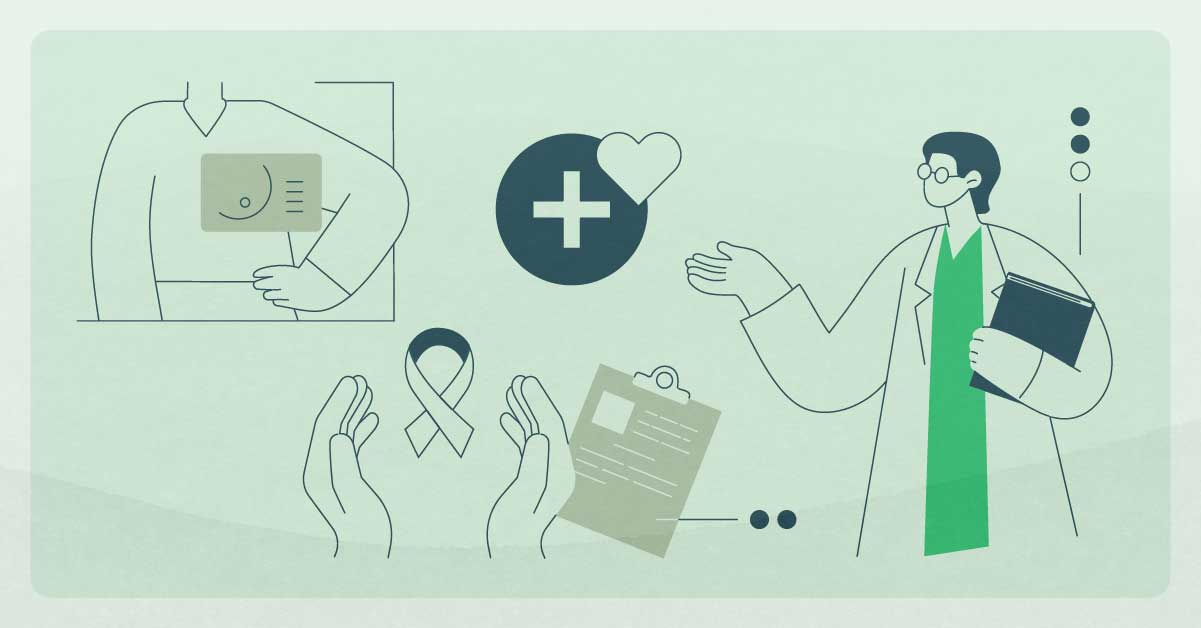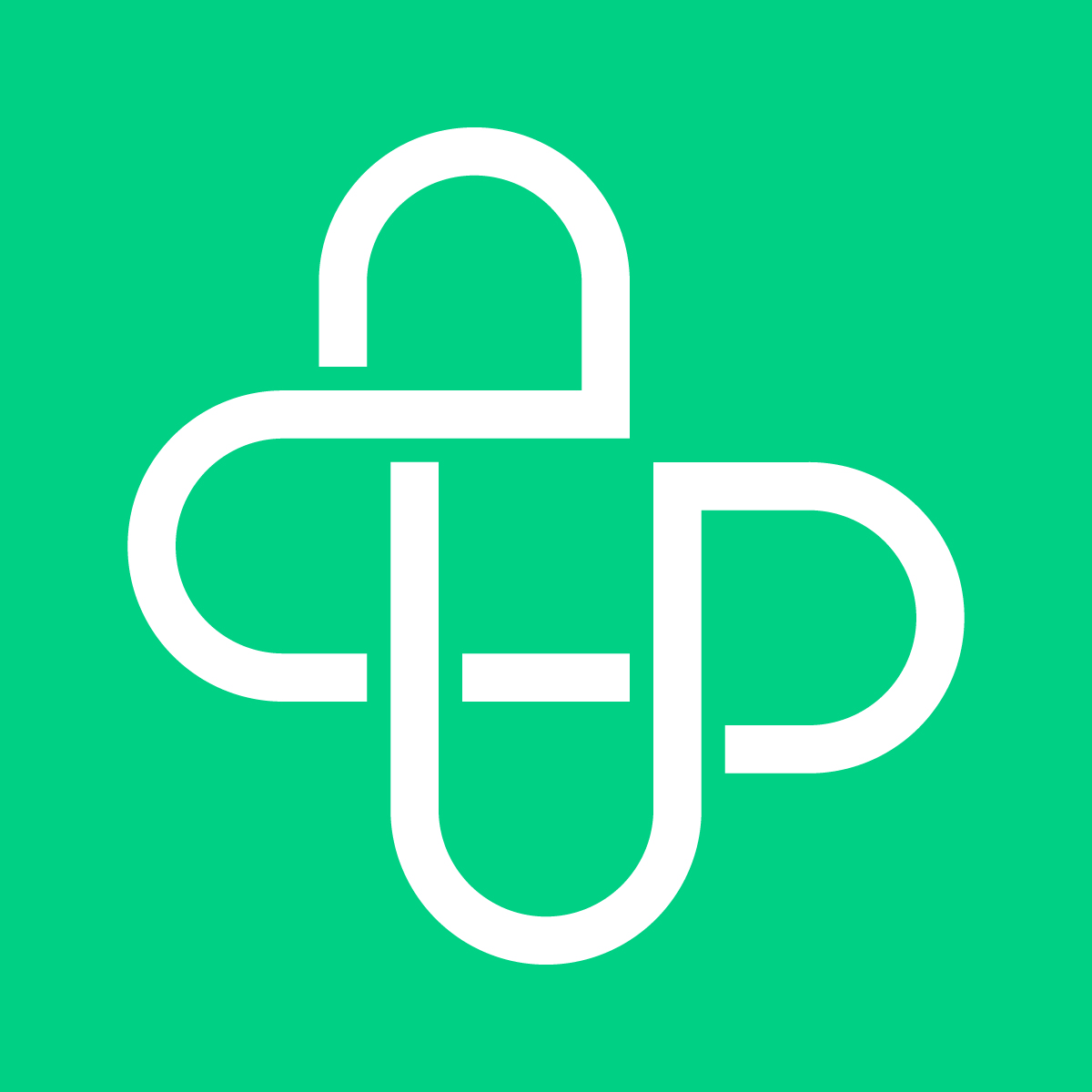After a turbulent few years, healthcare providers find themselves wondering what’s next in improving their marketing efforts. Currently, healthcare marketing trends in 2023 look to utilize the digital health advancements that dominated the pandemic to tackle the biggest issues surrounding patient engagement. This theme resonated during the 2022 HLTH conference so much that Upfront Co-Founder and CEO Ben Albert shared his thoughts on patient engagement.
With providers shifting course in the wake of reduced revenue and economic uncertainty, these healthcare marketing trends will overtake the industry in 2023.
Improving Patient Experience
Patients are hard-pressed to find healthcare options that leave them feeling empowered. The reality is that healthcare providers aren’t meeting patient engagement and experience needs, sometimes even basic ones. This was especially the case for hospitals during the pandemic.
What’s being done about it? For starters, value-based care models are growing in popularity and it’s projected that 65 million Americans will be covered this way by 2025. Other steps to make the experience more transparent have been put into place like the hospital price transparency rule that went into affect in 2021, although many hospitals are still falling short on compliance.
But other than these options, healthcare providers are utilizing solutions that enable unified patient communications, patient loyalty, and improving health outcomes by reducing care gaps, reducing readmissions and increasing access to behavioral health resources.
Addressing Care Gaps Through Health Equity
As providers continue to assess what their priorities are in the next few years, gaps in care continue to be a part of the equation.
Unfortunately, patients whose care was already affected by Social Determinants of Health (SDOH) were put under even more stress with the pandemic. While doctors see it regularly, they don’t feel prepared to address the issues. And for health systems looking into charging for MyChart messages, this could add an additional hurdle to reducing gaps in care.
McKinsey notes that when health equity improves, so does the health of individuals and populations, and that a third of the global economic growth in advanced populations is due to health improvements.
This is why digital health advancements that have evolved from the pandemic are especially important. Thanks to personalized care journeys and unified patient communications, reductions in care gaps are sure to follow.
Expanded Healthcare Options
Just like the modern office, healthcare is beginning to embrace flexible care options. While remote care gained popularity due to the pandemic, patients are embracing a mix of both in-person options and remote options like telehealth and home care.
There are also retailers looking to disrupt the industry and diversify into healthcare services that compete with traditional providers. Walgreens is known for prescriptions and a place to get vaccinated, but now the company is looking to expand into primary care and urgent care with its recent acquisitions. Considering one in four Americans don’t have a primary care, it’s hard to ignore the fact that 75% of Walgreens stores are within a 5-mile radius of all U.S. households. And this is just one example. Walmart and Amazon are well on track to achieving similar goals.
In order for providers to stay competitive with new competitors, they must be quick to adapt by offering flexible care options, personalized care journeys and digital patient engagement. Otherwise, patients will look elsewhere for places that not only offer those services, but do a better job overall.
Personalizing the Care Journey
The process of finding, receiving and managing care can be frustrating for patients. This is why providers are beginning to utilize automation, artificial intelligence, analytics and data to improve the patient journey. And then there are others that are taking these concepts a step further with psychographic segmentation, a segmentation model that uses ideals, values and beliefs to determine someone’s motivations. Patients are much more likely to take action when engagement efforts are in line with their internal motivations, and it’s why Upfront embraces this model.
Upfront Co-Founder and CEO Ben Albert put it best that the need for personalization goes beyond typical efforts.
“Patients want to be understood, respected, and feel like the provider is tailoring care just for them. Deep patient insights, behavioral science and consumer analytics determine the when, what and how. Connecting that to tailored, health literate, and equitable content and human-centered design, are needed to inform, activate and sustain positive health behaviors.”
Healthcare is only just starting to catch on to the depth of personalization retailers have been honing in for decades. 2023 could be the year to finally achieve that potential.





